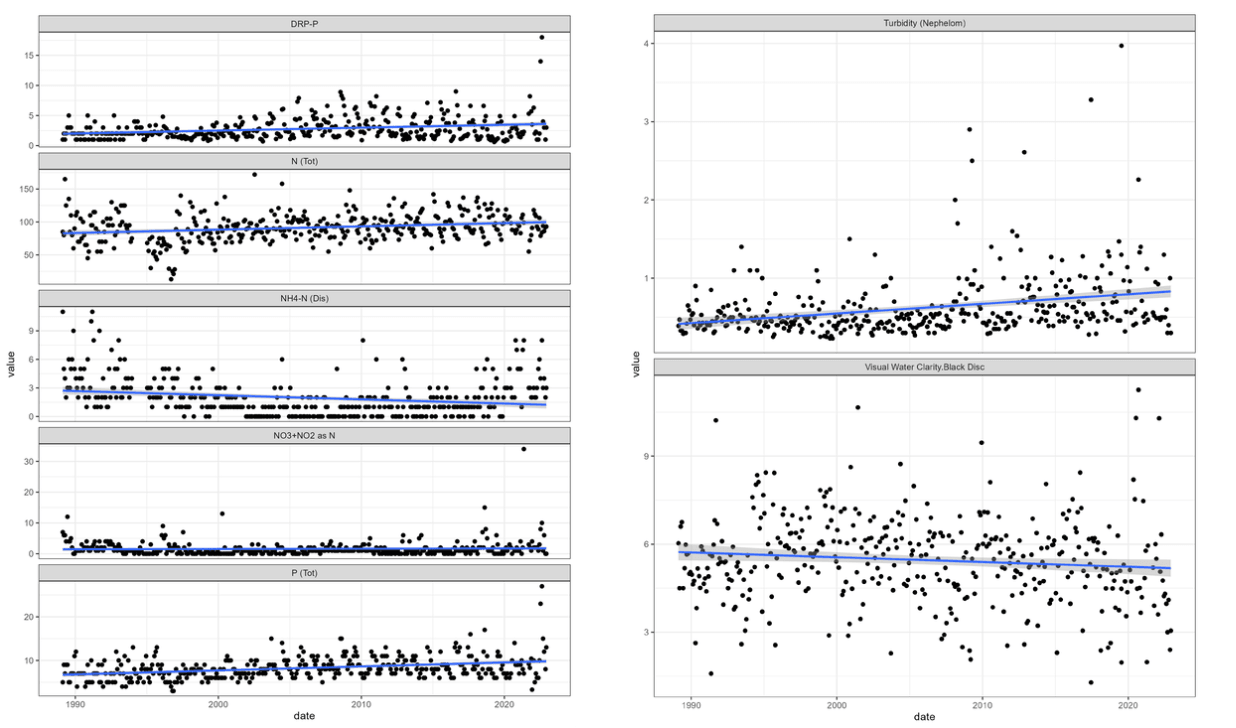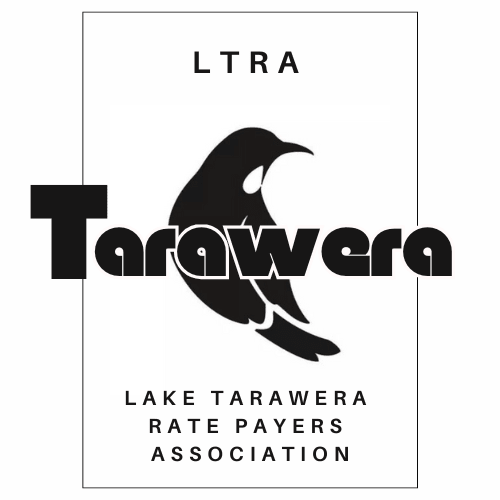Water Quality
Water Quality
The water quality in Lake Tarawera remains the LTRA’s primary focus. TLI’s are a measure of water quality in the Rotorua lakes and Lake Tarawera’s three year average TLI of 2.7 shows that the lake has a slightly poorer water quality than the target TLI of 2.6. The LTRA has a long association with the University of Waikato and has assisted with funding the monitoring buoy in the centre of the lake; a land-based climate station and the cost of analysing quarterly surface water samples for many years.
Lake Tarawera has a very small catchment and most of the nutrients in water entering the lake comes underground, probably from seven adjacent lakes (Rerewhakaaitu; Okaro; Rotomahana; Rotokakahi; Okareka; Tikitapu and Okataina). Reduction of nutrient inputs from these lakes will require land use changes over time and the elevated phosphorus levels in water entering the Wairua arm of the lake is believed to arise from Lake Rotomahana and will be difficult to reduce. The LTRA has therefore concentrated on removing nutrients entering the lake from septic tanks and reticulating wastewater for the community. Reticulation will result in an immediate reduction in nutrients entering the lake.
The LTRA has therefore concentrated on removing nutrients entering the lake from septic tanks and reticulating wastewater for the community. Reticulation will result in an immediate reduction in nutrients entering the lake.
Comment From Deniz Özkundakci
Chair In Lake And Freshwater Science At Waikato University
The LTRA asked Deniz to comment on whether water quality in Lake Tarawera has remained unchanged over the last 30 years:

